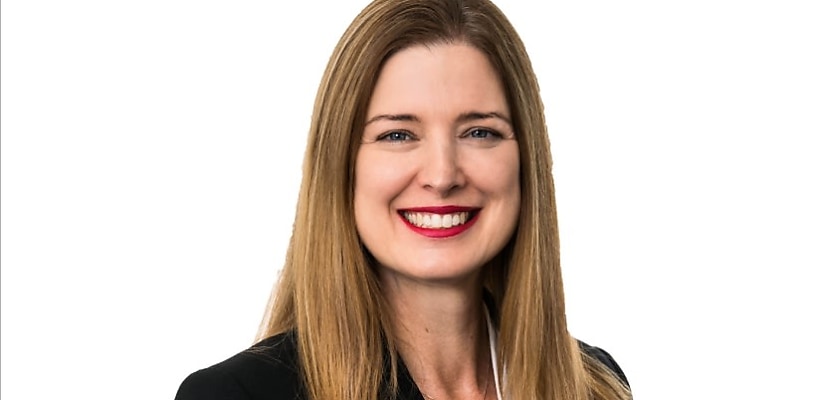The Minister for Housing, Julie Collins, has provided an update on the federal government’s shared equity home buying scheme that was a key election promise in 2022.
Speaking to reporters during a doorstop interview on Monday, 15 January, Ms Collins explained that the progress of Help to Buy essentially rests on the states and territories at this point in time.
Planned to provide assistance for up to 40,000 buyers, the program will see the government provide an equity contribution to eligible participants of up to 40 per cent for new homes and 30 per cent for existing homes. The buyer won’t need to pay rent on the share owned by the government, but they will need to pay a corresponding share of any capital gains earned on the property once it is sold.
Aimed at supporting would-be home owners who are struggling to get onto the property ladder, there will be salary caps and other eligibility requirements as well as caps on the maximum purchase price.
Will the scheme start this year?
While last year the government said the scheme would begin running in 2024, Ms Collins noted on Monday that the kick-off date relies on states and territories meeting their promises to pass the requisite legislation.
“We’re working as quickly as we can,” Ms Collins told journalists with regard to progress of the scheme.
“All of the states and territories agreed at national cabinet that they would introduce legislation to allow Help to Buy to work in their jurisdictions, it will not be able to work in states until they pass that legislation,” she explained.
“Of course here in Canberra it has been referred to a Senate committee and we’re working across the Parliament, briefing right across the Parliament and talking to other members of Parliament to get it done as quickly as we can get it done,” she added.
Social and affordable housing promises pass a milestone
The Housing Minister’s remarks came as she celebrated a milestone for another of the government’s housing-related promises. This week, applications were formally opened for the first round of funding for social and affordable homes under the $10 billion Housing Australia Future Fund (HAFF) and the National Housing Accord.
As Ms Collins explained on Monday, this is the first tender round of many that are ultimately expected to deliver 30,000 new homes from the Housing Australia Future Fund within five years and a further 10,000 from the National Housing Accord.
Housing Australia (formerly the National Housing Finance and Investment Corporation) will be working with states, territories and community housing providers on applications, with the first distribution from the HAFF expected to be announced in a number of months.
“What we’re talking about here is working with everybody to get more homes on the ground, more quickly,” Ms Collins said of the importance of this latest milestone.
One organisation that welcomed the announcement, the Housing Industry Association, noted that they will be following the process to see if the government is able to allocate funding to the areas most in need of social housing support.
“The investment mandate should particularly support more housing in regional, rural and remote areas of Australia,” HIA managing director Jocelyn Martin commented.
“For homes to be delivered in regional areas, it is also important to ensure that the system of funding works to enable smaller community providers and the regional construction industry to be eligible to receive it, rather than just larger institutional investors,” she added.
ABOUT THE AUTHOR
Juliet Helmke
Based in Sydney, Juliet Helmke has a broad range of reporting and editorial experience across the areas of business, technology, entertainment and the arts. She was formerly Senior Editor at The New York Observer.









You are not authorised to post comments.
Comments will undergo moderation before they get published.